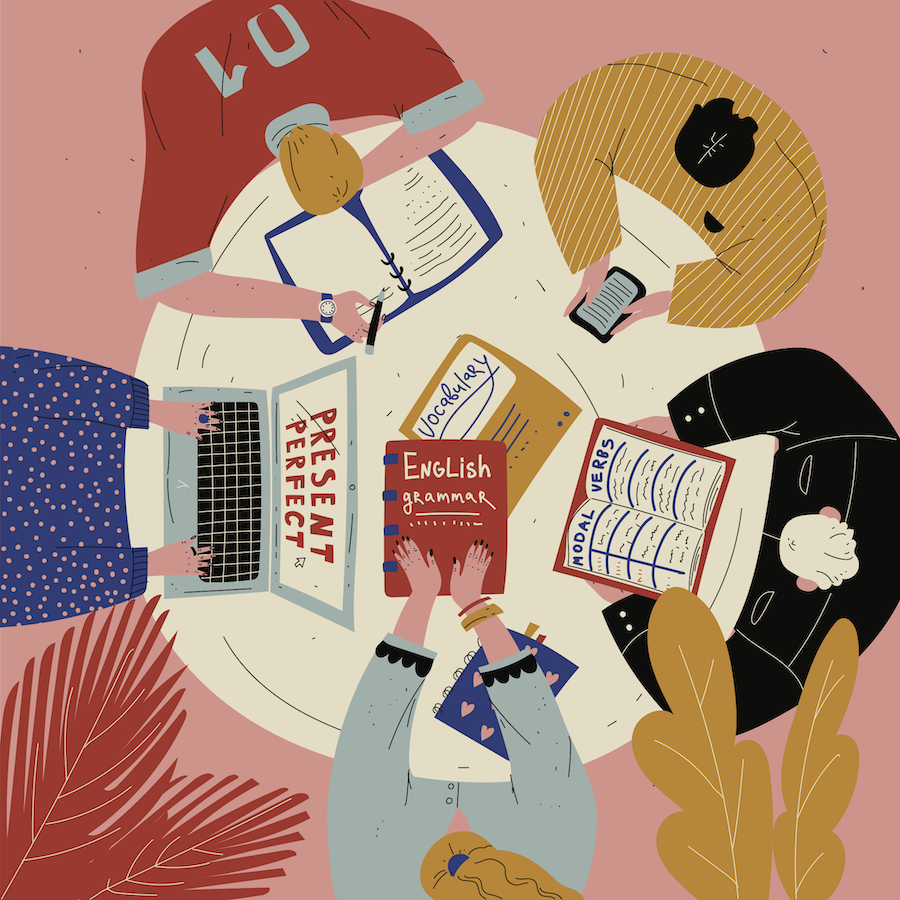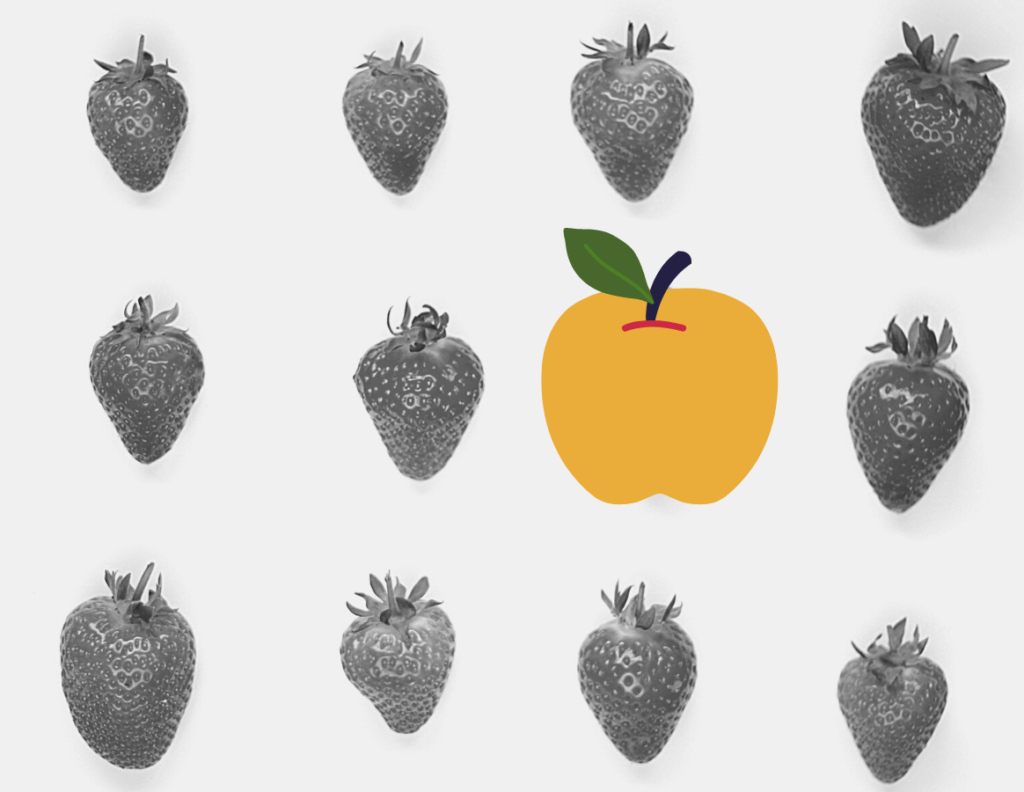Writing in American Genres
EAL (English as an Additional Language) writers make up a sizable number of students who come to the Writing Center. As someone who used to be an EAL learner, I thought it would be interesting to further look into research regarding the topic within the context of the Writing Center. This blog post discusses different perspectives on approaches for tutoring EAL and explains how we may apply these ideas to our own practices.
Tutoring ESL Students: Issues and Options by Muriel Harris and Tony Silva
To start, we can review the work of Harris and Silva. Harris and Silva highlight several methods that could improve the relationship between a writer and their tutor. One that resonated with me was that, as tutors who may have been exposed to American styles of writing for an extended period of time, we may hold a subconscious bias on how we view “good” writing. They explain that:
“[…] without any knowledge of cultural preferences tutors are likely to see differences as weaknesses and to assume that the ESL student needs basic writing help. For example, instead of introducing the American intolerance of digression as culturally appropriate for American discourse, a tutor might treat an ESL student purposefully using digression as an inadequate writer who has problems with organization” (Harris and Silva 527).
From this, we can gather that it is important for tutors to acknowledge the writer’s strengths, even if they’re not necessarily conventional to American forms of writing.
“Good Writing”: A Cross-Cultural Perspective by Melinda Reichelt
In continuation with the ideas of Harris and Silva, Reichelt inputs that “[examining] our own, local assumptions about “good writing” by juxtaposing them against those of another culture is especially important for writing specialists because it can help us understand in what ways our assumptions about writing are culture bound” (Reichelt 100). In other words, as tutors, we have a responsibility to reflect on the ways in which we evaluate writing. Some questions we may ask ourselves can include: How do I navigate agenda points? Where do I prioritize concerns? What does good writing mean to me?
“ESL/EFL Dichotomy Today: Language Politics or Pragmatics?” by P. Bhaskaran Nayar
Nayar adds to the dialogue on tutoring for EAL writers by arguing that too often we may find ourselves focused more on labeling the people we tutor without primarily thinking of them as collaborative peers. In TESOL Quarterly, they write, “Finally, the formal and informal academic discourse of the domain has created and reified an entity called ESL students, and the constant addiction to this reified entity in the literature has fostered and sustains an unhealthy binarism not unlike the proverbial “us” and “them” attitude” (Nayar 21). The last thing we would want to do as tutors is expunge ourselves from our peer’s writing or isolate the writer in such as way that would make them feel uncomfortable in developing their work in our space. Thus, it is important to maintain awareness of our unique role as a peer tutor.
What Can We Learn?

As tutors, we strive to help writers to the best of our abilities. Harris, Tony, Reichelt, and Nayar all bring interesting perspectives on what tutoring should look like when working with ESL writers. Ultimately, their views converge on the idea that there should be respect between writers and tutors. Additionally, we can work on three main skills that would enable stronger collaboration: Self-awareness, Communication, and Reflection.
Sources:
Harris, Muriel, and Tony Silva. “Tutoring ESL Students: Issues and Options.” College Composition and Communication, vol. 44, no. 4, 1993, pp. 525–37. JSTOR, https://doi.org/10.2307/358388. Accessed 13 Nov. 2023.
Nayar, P. Bhaskaran. “ESL/EFL Dichotomy Today: Language Politics or Pragmatics?” TESOL Quarterly, vol. 31, no. 1, 1997, pp. 9–37. JSTOR, https://doi.org/10.2307/3587973. Accessed 13 Nov. 2023.
Reichelt, Melinda. “Defining ‘Good Writing’: A Cross-Cultural Perspective.” Composition Studies, vol. 31, no. 1, 2003, pp. 99–126. JSTOR, http://www.jstor.org/stable/43501541. Accessed 13 Nov. 2023.
Discover more from UCWbLing
Subscribe to get the latest posts sent to your email.




